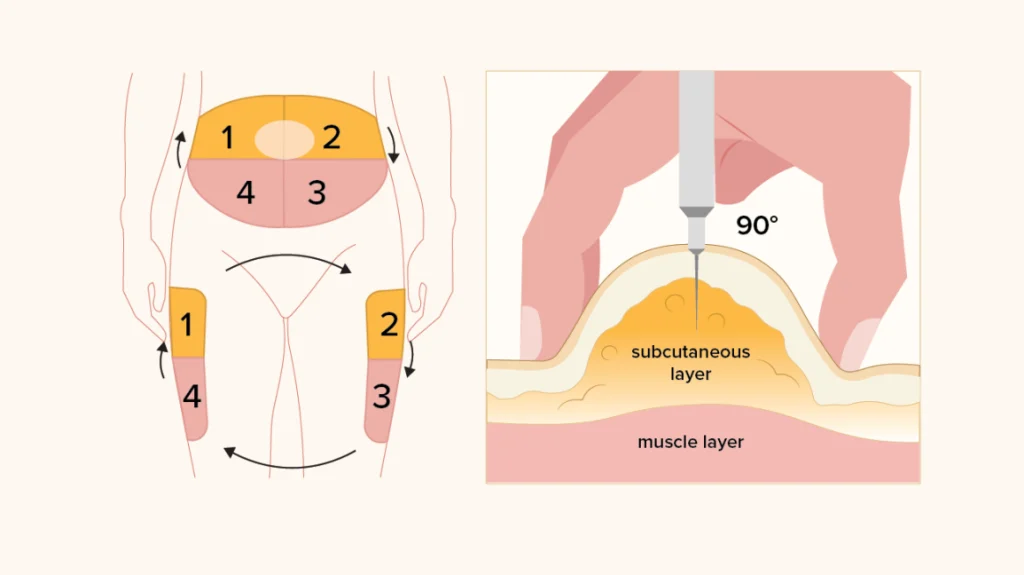- September 26, 2024
- Diabetes Kenya
- Comment: 0
- Children and diabetes
Injecting Insulin and Children: A Guide for Parents in Kenya
Children diagnosed with Type 1 diabetes need insulin to help manage their blood sugar levels, as their bodies no longer produce the hormone. Whether through injections or an insulin pump, insulin becomes a part of their daily life.
This guide will walk you through how to give your child insulin injections and provide them with the knowledge to begin administering their own injections when they’re ready.
Injecting Insulin as a Child
When children are diagnosed with diabetes, some may feel ready to start injecting themselves immediately, while others may prefer an adult to give them their injections for a while. There’s no specific age at which a child should start giving their own injections—it depends entirely on their comfort level. With encouragement, your child can take on the responsibility of managing their diabetes when they feel prepared.
You can use resources such as instructional videos or step-by-step guides to help your child gain confidence. Here’s a brief overview of what you’ll need to get started:
Your Insulin Kit
- Insulin Pen: Disposable pens already contain insulin, while reusable pens require you to insert an insulin cartridge.
- Needle: A small, thin needle that only needs to go beneath the skin.
- Needle Clipper or Sharps Bin: For safely disposing of used needles.
- Syringe: If you are using a syringe, you'll also need vials of insulin.
How to Inject Insulin with a Syringe
Injecting insulin with a syringe can be slightly different from using a pen. Here are six steps to follow when using a syringe:

How to Inject Insulin with a Pen
If your child is using an insulin pen instead of a syringe, follow these six steps:

Insulin Pens
Most children will need to inject insulin four or more times daily. Though the first few injections might be uncomfortable, the process becomes easier over time as your child gains confidence. Insulin pens are simple to use and effective, but your child may prefer an insulin pump.
Insulin Pumps
An insulin pump provides doses of rapid-acting insulin throughout the day and night, allowing for more precise adjustments. Some children may prefer injecting insulin rather than using a pump, as wearing a pump continuously can feel like a burden. Consult your healthcare provider to determine if your child qualifies for a pump under current guidelines.

How to Help Your Child Inject Insulin

Don’t rush them
Allow your child to take on responsibility when they're ready.

Support their independence
If they prefer to do their injections, encourage them but be ready to assist if needed.

Monitor their technique
Offer gentle reminders and help ensure they don’t develop bad habits.
Insulin Injections for Babies
Injecting insulin into a baby can be challenging. Your diabetes care team will show you how to administer injections, and some insulin pens allow for smaller doses, like half-units. Securely hold your baby while injecting into the bottom, and make sure to rotate injection sites.
Support for Parents in Kenya
Injecting insulin for the first time can feel overwhelming for both you and your child. At Cliniquest Research Site, we understand the unique challenges that Kenyan families face when managing childhood diabetes. You’re not alone in this journey. Whether through community support, educational resources, or diabetes forums, we’re here to assist you every step of the way.

Their Reaction
CHILDREN AND DIABETES Type 1 Diabetes in Children: How Your Child May React to Their Diagnosis For children…



